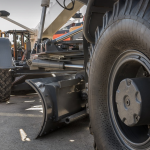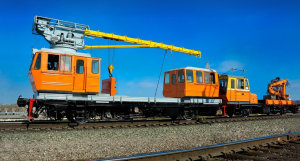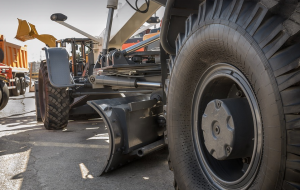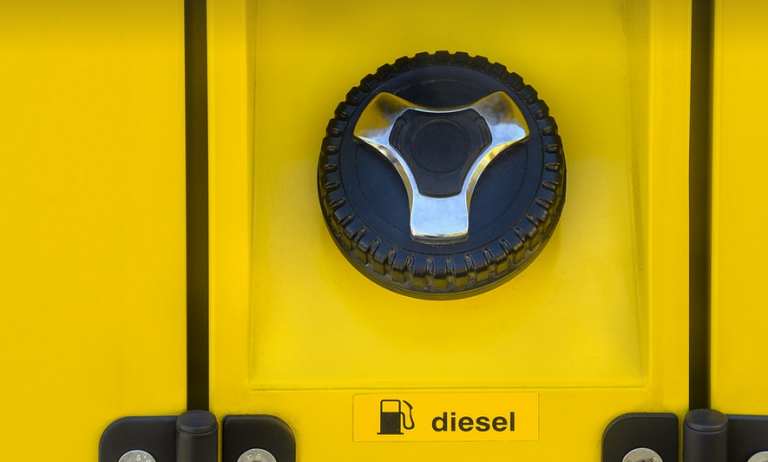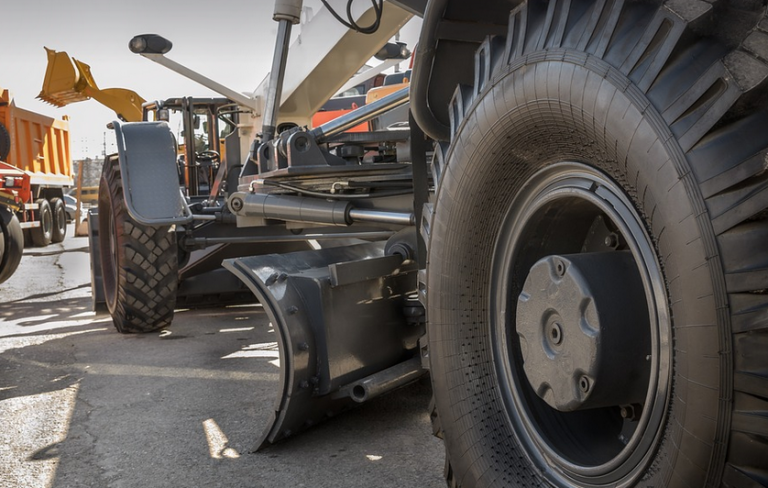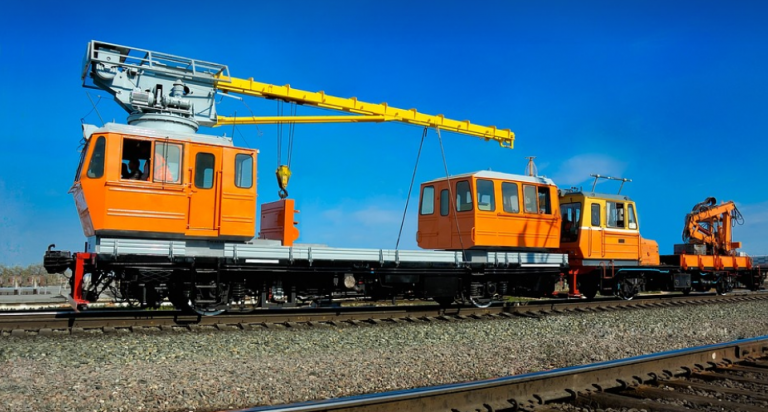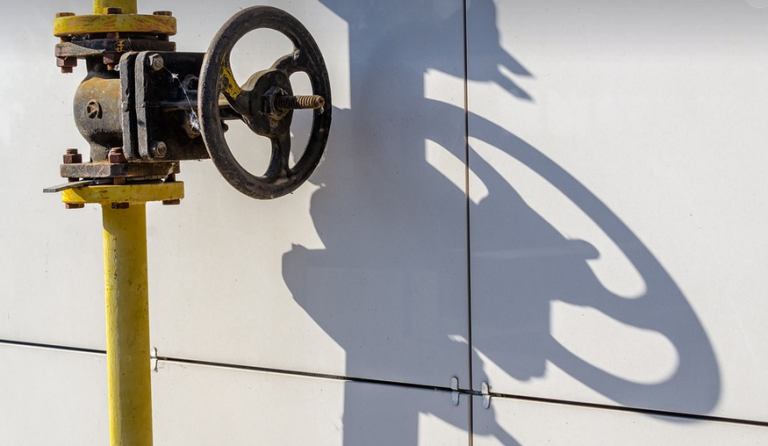Understanding the Basics
Let’s dive into the fascinating world of joining chromoly steel, often referred to as a high-strength alloy steel, to mild steel. While both types share the common thread of structural integrity, their compositions and properties create unique challenges and opportunities for welding professionals.
Chromoly steel (also known as CrMo steel) is renowned for its exceptional strength-to-weight ratio along with enhanced durability and high levels of fatigue resistance. This makes it a popular material in automotive engineering, aerospace, and even sporting goods where long-lasting performance is paramount. These advantages come from the inclusion of chromium and molybdenum, which introduce alloying elements that significantly influence the steel’s characteristics.
Mild steel, on the other hand, provides a more economical alternative for general construction, infrastructure projects, and everyday fabrication purposes. Its relatively low strength compared to chromoly makes it less suitable for applications demanding extreme load bearing or high-stress resistance. However, its cost-effectiveness and workability remain key advantages.
Why Weld Chromoly to Mild Steel?
The decision to weld these two metals often hinges on specific application requirements. Let’s explore some common scenarios:
**1. Automotive Applications:** When building frames, chassis components, or suspension systems for vehicles where weight is a constraint and strength is critical, chromoly steel offers an edge. Welding it to mild steel in these applications provides a robust connection that can withstand the rigors of driving.
**2. Aerospace Engineering:** The aerospace industry often leverages both materials due to their distinct characteristics. While chromoly’s high-strength properties are essential for critical components like landing gear, exhaust pipes, and structural parts, mild steel may be used for welding to other components or as a secondary layer in complex designs.
**3. Construction and Infrastructure:** Building bridges, tunnels, and tall structures relies heavily on the strength and durability of materials. Chromoly’s superior resistance to fatigue makes it ideal for load-bearing components, while mild steel serves as a cost-effective material for secondary elements or connecting points.
**4. Sporting Goods:** From bicycles to bikes and even outdoor sports equipment, chromoly steel’s high strength allows for the creation of lighter yet more durable products. Welding it to mild steel can form the base structure of these components, providing stability while minimizing weight.
Welding Techniques: Choosing the Right Method
The choice of welding technique is critical for achieving a successful and lasting joint between chromoly and mild steel. Each method presents unique advantages and considerations.
**1. Stick Welding:** This classic method uses a continuous electric arc to generate heat, melting the metals together. It’s known for its simplicity and ease of operation, making it ideal for beginners. However, stick welding can be more susceptible to porosity (holes) in thicker materials or if not performed with precision.
**2. MIG Welding:** This popular method uses a continuously fed wire electrode to create an arc and weld the metals together. It’s known for its speed and ease of use, but requires careful control over voltage and travel speed to ensure consistent, high-quality welds.
**3. TIG Welding:** This specialized technique uses a non-consumable tungsten electrode to provide a very precise arc, making TIG welding ideal for thin materials with intricate designs. It’s known for its clean, strong welds, but requires more training and skill to master than other methods.
**4. Laser Welding:** A laser beam focused on the metals creates intense heat, melting them together precisely. It’s faster than other techniques and produces high-quality welds with minimal distortion. However, it can be costly in terms of equipment and requires specialized professionals to operate.
Important Considerations for Welding Chromoly to Mild Steel
Welding chromoly steel to mild steel demands careful planning and execution due to their unique characteristics. Here are some key considerations:
**1. Preheat:** Chromoly steels can be susceptible to warping or cracking when subjected to high temperatures during welding, so preheating the workpieces is crucial. This process involves heating the metals gradually before welding to avoid stress-induced problems.
**2. Welding Parameters:** Each welding method (stick, MIG, TIG) will have specific settings and parameters that affect weld quality and penetration depth. Consulting welding codes and standards is essential for achieving desired results. The arc length, voltage, travel speed, amperage, and shielding gas type all influence the outcome of your weld.
**3. Welding Location:** The location where you intend to weld influences the overall success. Chromoly steel can be prone to cracking at specific angles or locations due to inherent properties. For example, welding chromoly on an edge creates a higher risk of cracking than welding it in a uniform direction.
**4. Mechanical Properties:** Understanding the mechanical properties of each material is crucial for selecting the right weld procedure and ensuring robust joint integrity. This involves considering factors such as tensile strength, yield strength, and elongation to choose the best approach for your application.
Tips for Success
By understanding these intricacies, you’ll be better equipped to create lasting, reliable connections between chromoly steel and mild steel. Here are some tips for successful welding:
**1. Practice:** Start with small projects like practice welds on scrap metal before tackling larger works. This allows you to understand the nuances of each welding method and develop your skills.
**2. Safety First:** Always prioritize safety by wearing appropriate protective gear, including welding gloves, goggles, and a face shield. Ensure good ventilation and fire safety measures are in place while working with high-voltage equipment.
**3. Quality Control:** Regularly inspect your welds for defects such as porosity, cracks, or undercuts to ensure quality control. This helps prevent structural issues that can arise from improper welding techniques.
**4. Seek Expert Advice:** Don’t hesitate to consult with experienced welders and engineers if you encounter challenges during the process. They can provide valuable insights and guide you in achieving optimal results for your specific project.
Please note: This blog article provides a general overview of welding chromoly steel to mild steel. It is important to consult with qualified professionals and relevant industry resources for specific applications and safety guidelines.



